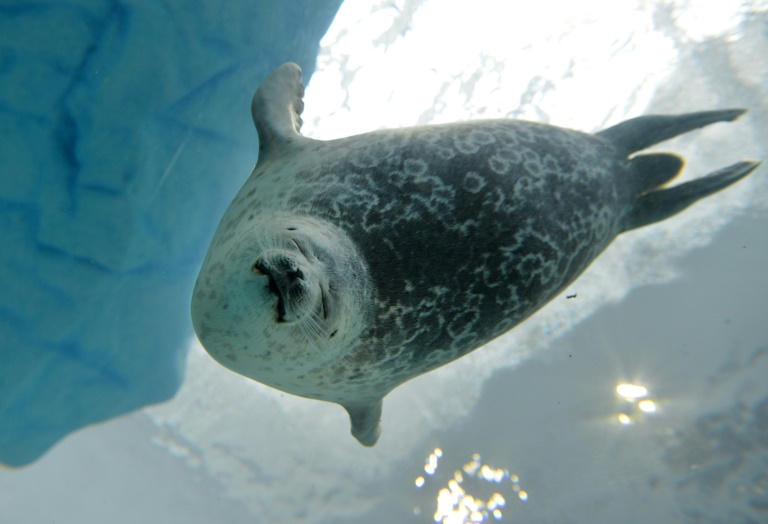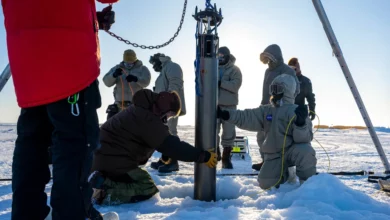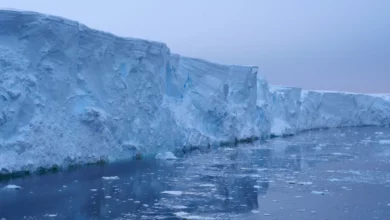
Seals and whales in the Arctic are shifting their feeding patterns as climate change alters their habitats, and the way they do so may determine whether they survive, a new study has found.
Researchers harnessed datasets spanning two decades to examine how two species of Arctic wildlife — beluga whales, also known as white whales, and ringed seals — are adapting to their changing homes.
Both species traditionally hunt for food in areas with sea ice and particularly at so-called tidal glacier fronts, where glaciers meet the ocean.
But with climate change melting sea ice and prompting glaciers to retreat, researchers in Norway decided to look at whether and how animals in the affected areas were adapting.
“The Arctic is the bellwether of climate change,” the researchers wrote.
“With the rapid pace of change rendering genetic adaptation unfeasible,” they reasoned that behavioral and dietary changes “will likely be the first observable responses within ecosystems”.
They compared datasets produced by trackers attached to seals and whales over two sets of time periods.
For the seals, they compared tracker data from 28 individuals between 1996-2003 and then 2010-2016, and for the whales they looked at data from 18 animals between 1995-2001 and 16 animals from 2013-2016.
The data showed that two decades ago, both species spent around half their time foraging at glacier fronts and eating a diet dominated by polar cod.
But ringed seals now spend “significantly higher proportions of time near tidal glacier fronts” while the white whales had the opposite response and had moved elsewhere to look for food.
“Tidal glacier fronts appear to be serving as Arctic ‘refugia’ for RS (ringed seals), explaining why this species has increased the amount of time spent near glaciers,” the study published Wednesday in the Royal Society Biology Letters journal said.
White whales meanwhile now “have larger home ranges and spent less time near glacier fronts and more time in the center of fjords”.
The researchers, from the Norwegian Polar Institute and the University of Tromso, speculated that whales have shifted their diet, taking advantage of the fact that climate change is allowing new fish species to move further north as waters warm.
Seals in contrast stuck with their old diet, but appeared to spend more time searching for the food at the glacier fronts.
“WW (white whales) tend to be dietary generalists, in contrast with RS (ringed seals) that are more commonly individual specialists,” the study says.
The “flexible” response apparently shown by the whales “improves their chances of adapting to warming conditions”, the researchers added.
By contrast, the apparent doubling down by the ringed seals on their traditional hunting grounds despite the shifting climate “reflects limited adaptability and resilience”.
And that could be bad news for the seals in a changing world, the study warns.
“Species and subpopulations that are not able to make such changes are almost certain to decline, perhaps to extinction where refugial areas become too limiting for species survival,” it said.




